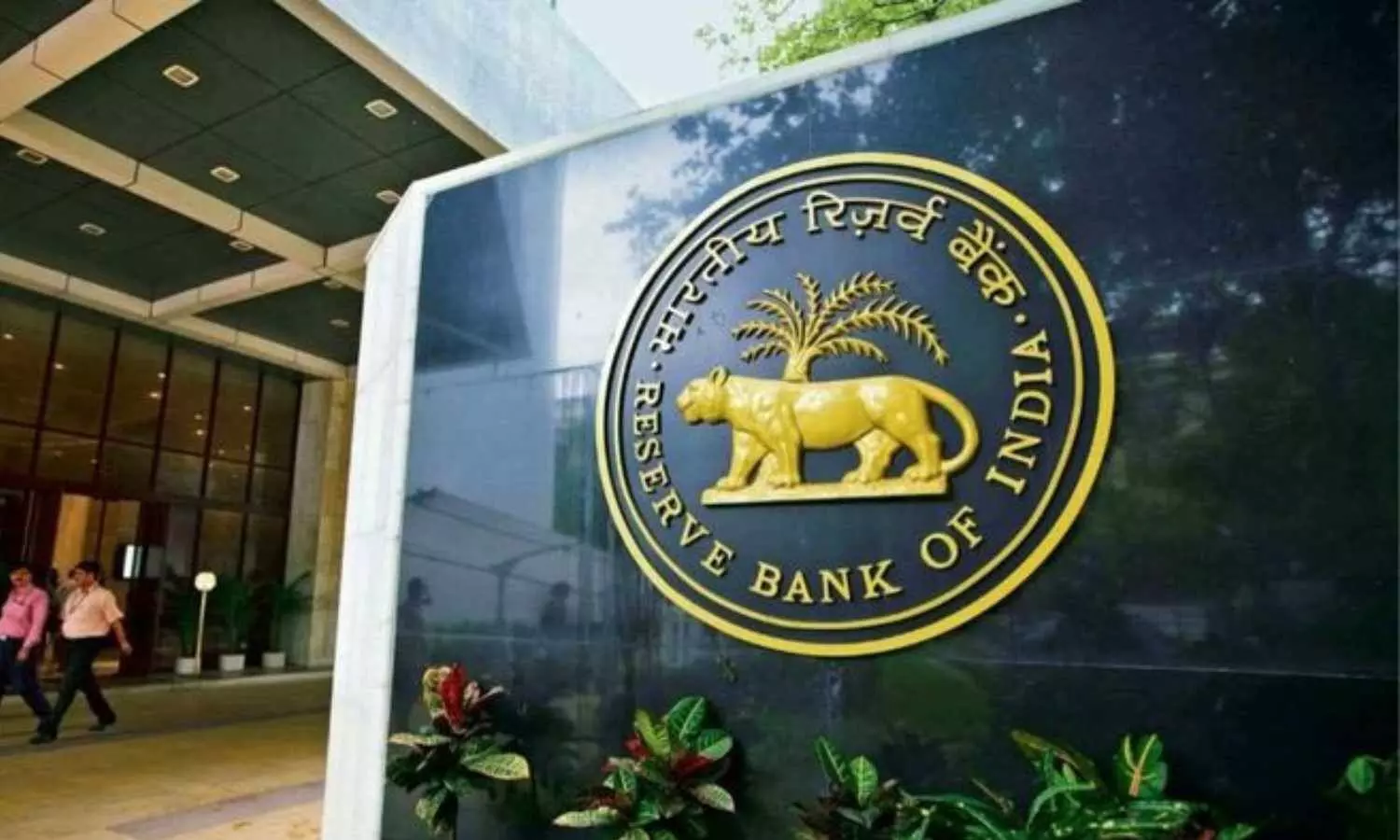Fixed-Income Gains Likely as RBI Shifts to Accommodative Stance
With RBI hinting at further easing, bond funds and FDs may benefit. Here's how investors can plan amid shifting global and domestic markets.
image for illustrative purpose

The Reserve Bank of India (RBI) on April 9 lowered the repo rate by 25 basis points and adjusted its policy stance to “accommodative” from “neutral,” signaling a potential for further easing in upcoming months.
RBI Governor Sanjay Malhotra’s move has opened the door for additional rate cuts, influencing investor strategies across fixed-income instruments. Market participants say the revision in stance could support a downward trend in interest rates.
India’s 10-year benchmark bond yield edged down to 6.44 percent after the announcement, with limited reaction attributed to earlier expectations of the rate change. A surge in US bond yields and currency fluctuations further muted domestic market response.
Deepak Panjwani of GEPL Capital anticipates the 10-year yield to dip to around 6.25 percent by the next Monetary Policy Committee (MPC) meeting. He expects an additional 75 basis points cut over the coming months, though global volatility and tariff uncertainties remain key variables.
With global economic trends including tariff impositions by the US likely to impact Indian growth, fixed-income investments are drawing investor attention. Analysts suggest fixed deposits and bond funds are positioned for gains as the RBI’s stance becomes more dovish.
Suresh Darak of Bondbazaar said the central bank’s updated stance underlines confidence in inflation management. He expects stable to lower interest rates moving forward.
Kotak Mahindra AMC’s Deepak Agrawal sees a further 50 basis points cut within six months, citing global growth pressures as a factor influencing RBI’s future actions.
Prashant Pimple from Baroda BNP Paribas Mutual Fund emphasized the attractiveness of fixed-income products in a positive real-rate environment. He advised investors to select bond fund categories based on their risk appetite and investment duration.
Among mutual fund options, long-duration bond funds, dynamic bond funds, and gilt funds are expected to benefit the most from a declining rate cycle. These categories offer varying exposure across the yield curve and debt instruments, adjusting to monetary conditions effectively.
Puneet Pal of PGIM India Mutual Fund recommends dynamic bond funds for their versatility across tenors and asset classes. He noted that these funds can shift allocations to match changes in the interest rate environment.
Meanwhile, Mahendra Kumar Jajoo of Mirae Asset Investment Managers advocates long-duration funds, pointing to steep yield curves and opportunities for capital appreciation.
Some experts suggest a barbell strategy—investing in both short- and long-duration debt instruments—to balance liquidity with potential returns from falling rates.
For fixed deposit (FD) holders, falling policy rates may reduce FD yields. However, financial advisors suggest locking in long-tenure FDs at current higher rates, particularly with small finance and private banks still offering yields around 8 percent.
Santosh Agarwal of Paisabazaar noted that as liquidity improves, banks are likely to trim deposit rates, making this an opportune moment for consumers to secure higher FD returns before further rate reductions.
As the RBI maintains its accommodative stance, investor focus is expected to remain on fixed-income investments, with repo rate trends, bond yields, and global economic factors shaping market dynamics through 2025.

